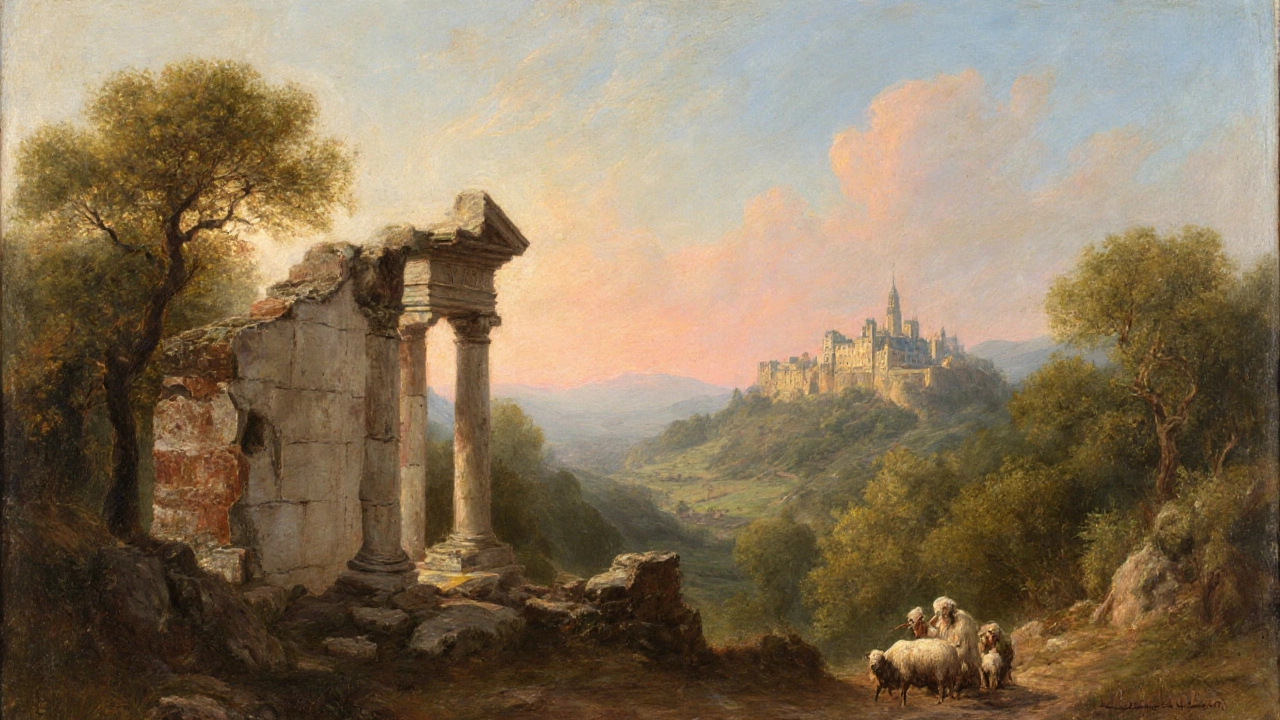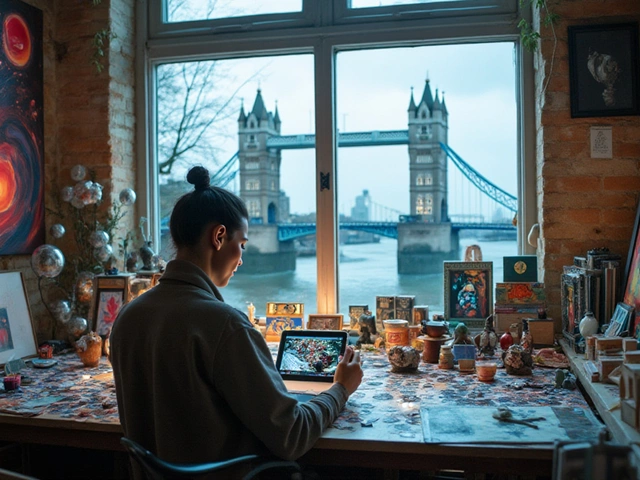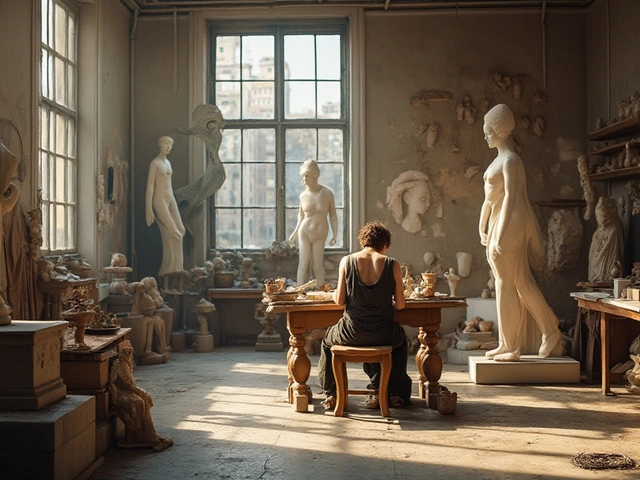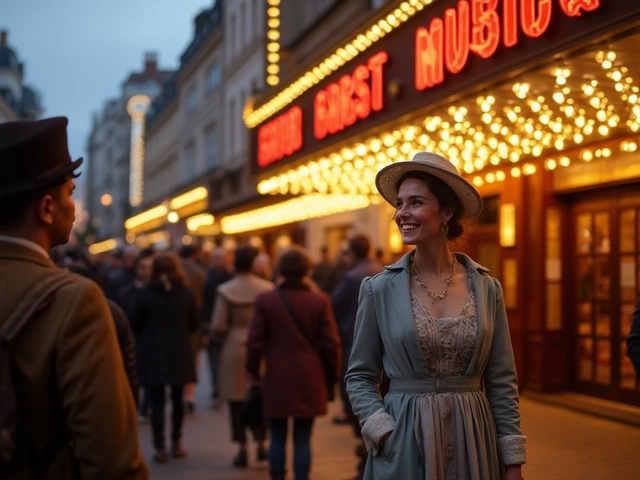If you’ve ever stared at a painting of rolling hills and wondered why some look like a dream while others feel like a snapshot, you’re probably thinking about the three main types of landscape art.
Landscape art is a genre of visual art that depicts natural scenery such as mountains, valleys, trees, rivers, and forests. Throughout history, artists have approached this genre in distinct ways, each giving the viewer a different emotional cue. Understanding these approaches helps you read a painting better, choose the right style for your own work, or simply appreciate why a particular canvas moves you.
1. Idealized (Imaginary) Landscape
Idealized landscape is a stylized portrayal of scenery that emphasizes harmony, mythology, or philosophical ideas rather than strict realism. Artists manipulate light, composition, and even geography to create a perfect, often nostalgic view of nature.
Key characteristics:
- Balanced, symmetrical layouts that guide the eye toward a focal point.
- Soft, diffused lighting that creates a timeless atmosphere.
- Incorporation of classical elements-ruins, shepherds, or mythic figures.
Notable practitioners include Claude Lorrain (1600‑1682), whose works such as "Embarkation of the Queen of Sheba" blend luminous skies with ancient ruins, establishing the Golden Age of idealized landscape in European art. Another example is Thomas Cole, founder of the Hudson River School, whose paintings like "The Oxbow" use dramatic light to convey a sublime, almost spiritual view of the American wilderness.
2. Realistic (Naturalistic) Landscape
Realistic landscape is a faithful representation of actual terrain, weather conditions, and atmospheric effects. The goal is to capture a specific place as accurately as possible, often through direct observation.
Typical traits:
- Detailed rendering of foliage, rock formations, and water.
- Use of perspective to convey depth and scale.
- Emphasis on seasonal lighting-golden hour, mist, or stormy skies.
British painter John Constable (1776‑1837) epitomized this style. His "The Hay Wain" records the English countryside with meticulous cloud studies and a sense of lived-in ground. In the 19th‑century United States, Albert Bierstadt produced grand, almost photographic canvases of the American West, using a careful study of light to convey distance and grandeur.
Later, the plein‑air movement-most famously embraced by Impressionists-still chased realism, but with looser brushwork. Artists set up easels outdoors to paint directly under changing skies, a practice still taught in many contemporary art schools.
3. Abstract (Modern) Landscape
Abstract landscape is a non‑representational interpretation of nature, focusing on color, shape, and emotional resonance rather than literal depiction. The scenery becomes a springboard for personal expression.
Defining elements:
- Bold, unconventional color palettes.
- Geometry or gestural strokes that hint at horizons, trees, or water.
- Emphasis on the artist’s internal response to the environment.
American modernist Georgia O'Keeffe (1887‑1986) distilled desert scenes into sweeping forms and saturated hues, as seen in "Red Canna" and her series of New Mexico mesas. European abstract expressionists like Wassily Kandinsky never painted a literal landscape, yet their compositions evoke the feeling of wind, water, and sky through swirling color fields.
Today's digital artists often blend photographic textures with abstract layering, creating hybrid works that sit between realism and pure abstraction. The result is a fresh way to experience place without an exact map.
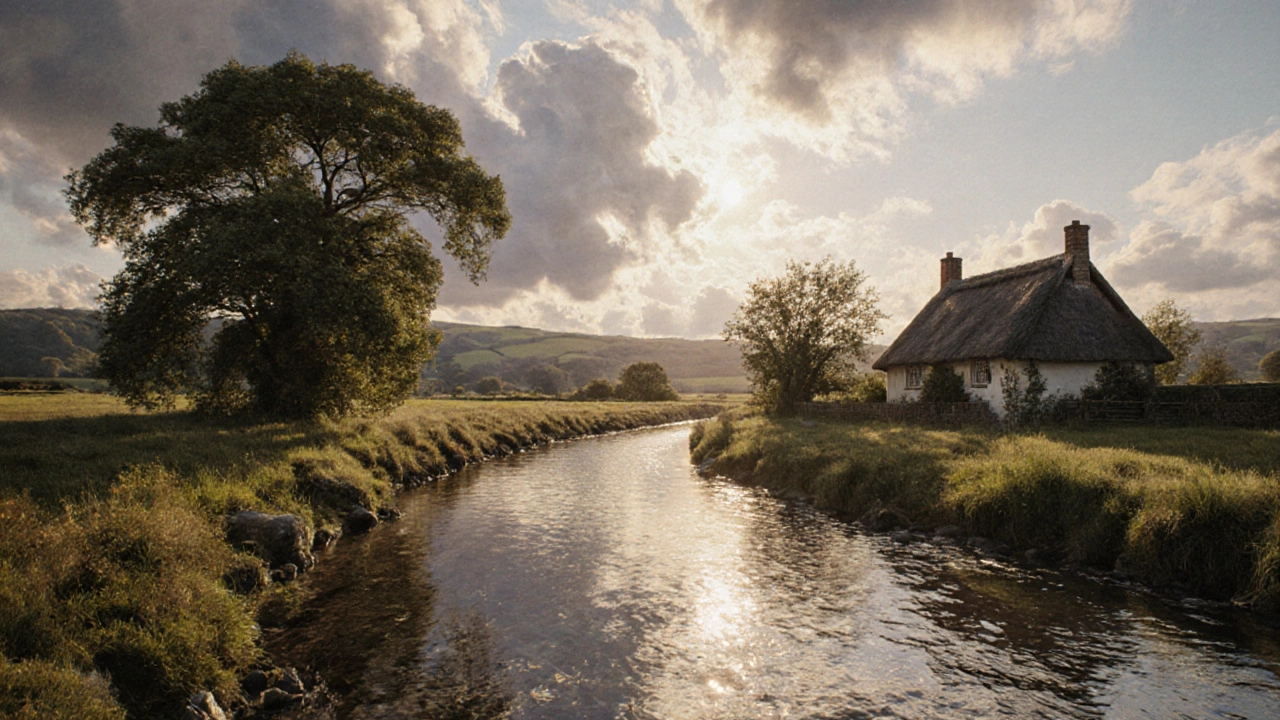
Comparison of the Three Types
| Aspect | Idealized | Realistic | Abstract |
|---|---|---|---|
| Primary Goal | Convey harmony, mythology, or philosophical ideas | Record a specific place with accuracy | Express mood and personal response |
| Typical Techniques | Balanced composition, soft light, classical motifs | Detailed brushwork, perspective, true‑to‑life color | Bold colors, gestural strokes, simplified forms |
| Notable Artists | Claude Lorrain, Thomas Cole | John Constable, Albert Bierstadt | Georgia O'Keeffe, Wassily Kandinsky |
| Historical Peak | 17th‑19th centuries (Baroque to Romantic) | 18th‑19th centuries (Realism, Hudson River School) | 20th‑21st centuries (Modern, Contemporary) |
How to Choose the Right Style for Your Own Work
- Ask yourself the purpose. Do you want to document a location, evoke a feeling, or tell a story through symbolism?
- Look at the light. Soft, golden light often suits idealized scenes; sharp, changing light pushes you toward realism; dramatic, saturated light works for abstraction.
- Test materials. Detailed realism benefits from fine brushes and a limited palette, while abstraction thrives with palette knives or digital brushes that allow bold strokes.
- Study masters. Re‑paint a Claude Lorrain sky, a Constable cloud, or an O'Keeffe desert to feel the technique.
- Blend wisely. Many contemporary artists combine realism with abstract color fields-think of a realistic foreground under a wildly colored sky.
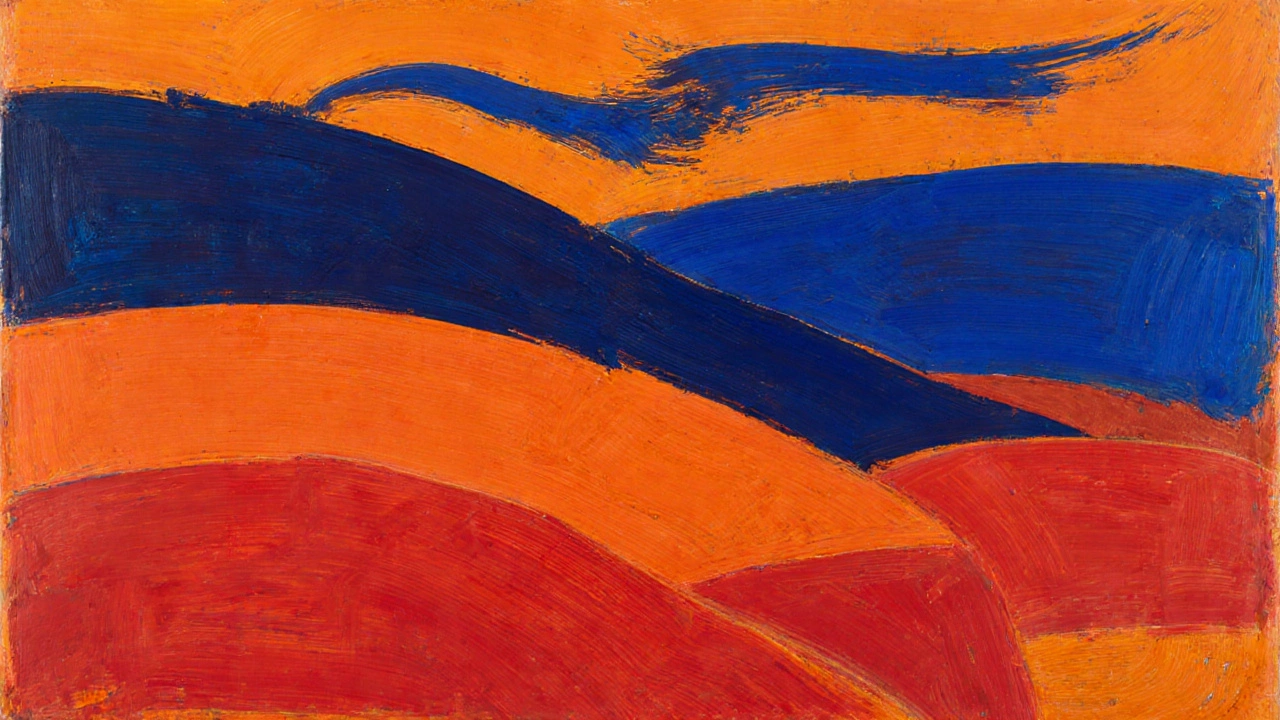
Common Pitfalls and Pro Tips
- Pitfall: Over‑detailing in an abstract piece. Pro tip: Strip back to the essential shape and let color speak.
- Pitfall: Relying on clichés in idealized landscapes (e.g., every painting has a lone oak). Pro tip: Introduce subtle narrative elements-maybe a distant lighthouse.
- Pitfall: Ignoring atmospheric perspective in realism. Pro tip: Use cooler, lighter values for distant elements to create depth.
Quick Checklist for Landscape Artists
- Define your intended type: idealized, realistic, or abstract.
- Gather reference images that match your choice.
- Choose a color scheme aligned with the emotional goal.
- Sketch the composition, focusing on balance (idealized) or accurate scale (realistic).
- Decide on the finish medium-oil for depth, acrylic for speed, digital for flexibility.
Frequently Asked Questions
What distinguishes an idealized landscape from a realistic one?
Idealized landscapes prioritize composition, symbolism, and a perfect mood, often altering geography to fit a narrative. Realistic landscapes aim to reproduce a specific place as truthfully as possible, focusing on accurate detail and true‑to‑life lighting.
Can I mix the three types in a single painting?
Absolutely. Many modern artists place a realistic foreground against an abstract sky, or embed idealized mythic symbols within a true‑to‑life setting. The key is to keep the visual hierarchy clear.
Which style is best for beginners?
Start with realistic landscapes. Observational drawing builds fundamentals-perspective, value, and anatomy of trees-that are useful no matter which style you later adopt.
How does plein‑air painting relate to these types?
Plein‑air is a method rather than a style. Artists can create realistic, idealized, or abstract works while painting outdoors. The practice mainly influences color perception and brushwork.
What modern tools help me explore abstract landscapes?
Digital tablets with pressure‑sensitive brushes, AI‑assisted texture generators, and mixed‑media collages let you experiment with color fields and gestural marks without the constraints of traditional paint.
Whether you’re an art lover trying to read a museum wall, a student deciding which style to practice, or a creator looking for fresh inspiration, knowing the three main types of landscape art gives you a solid map for exploring nature on canvas.
